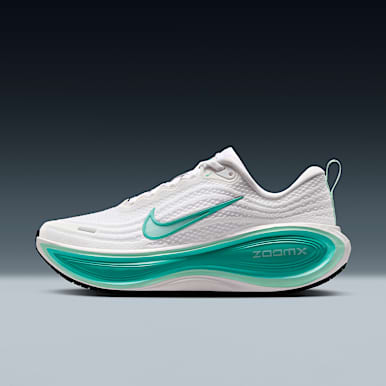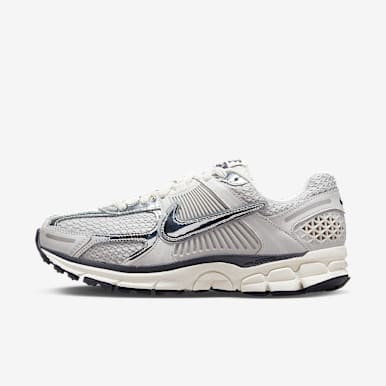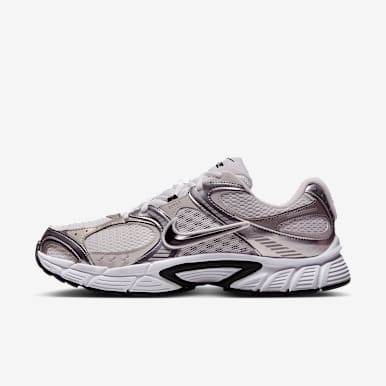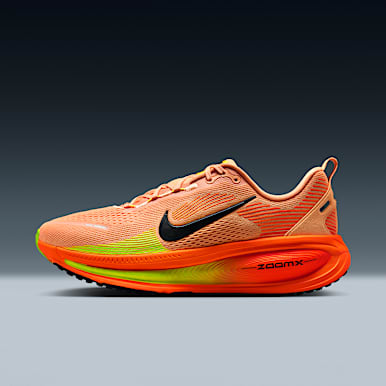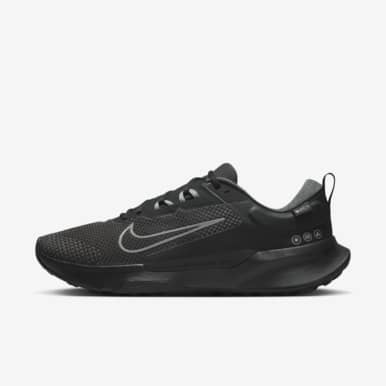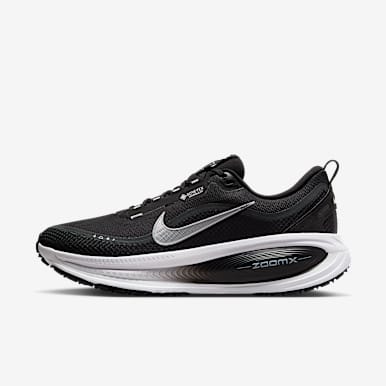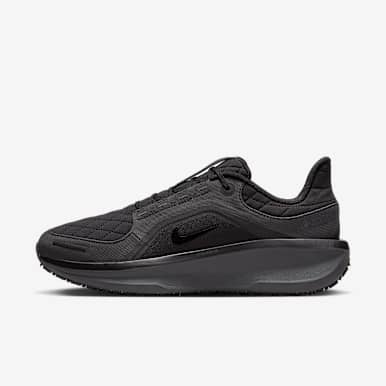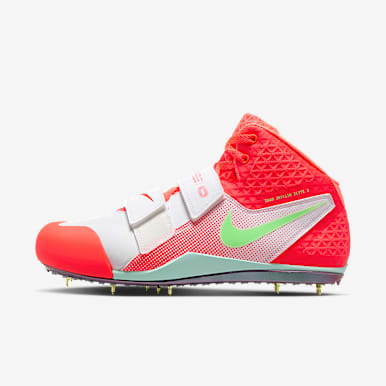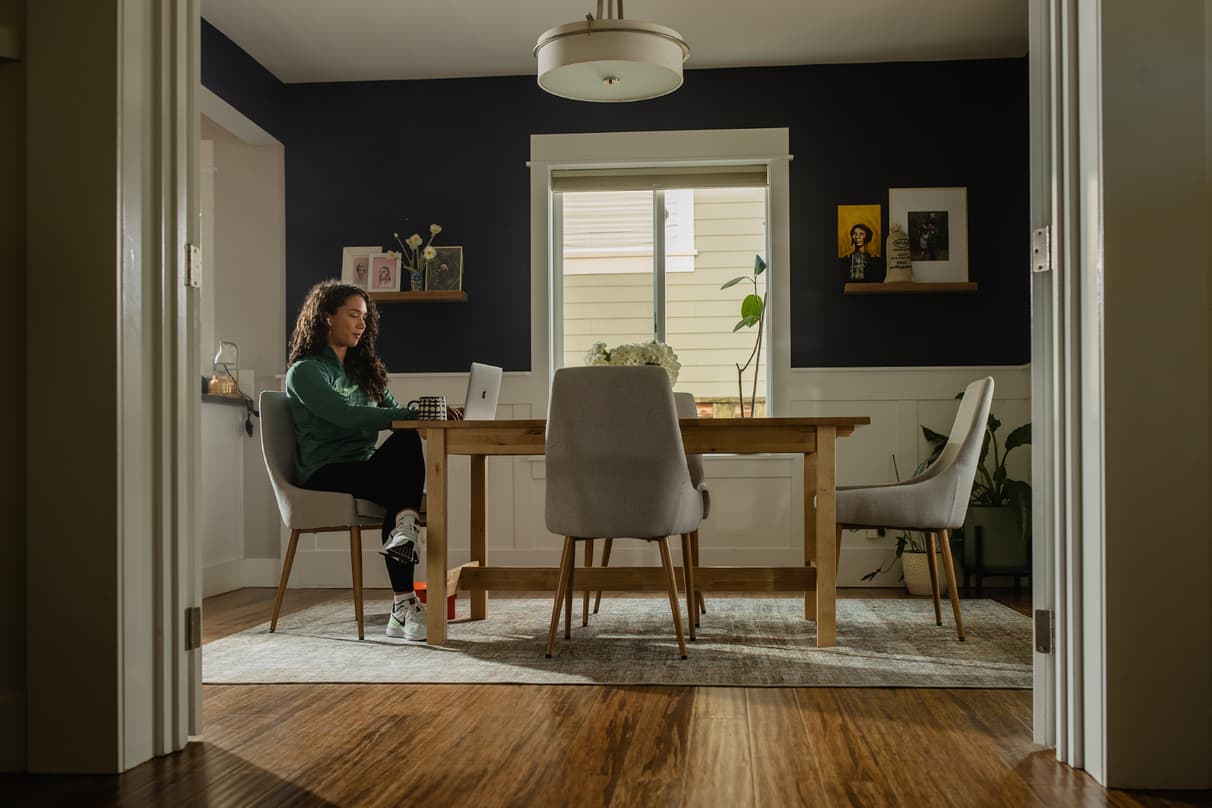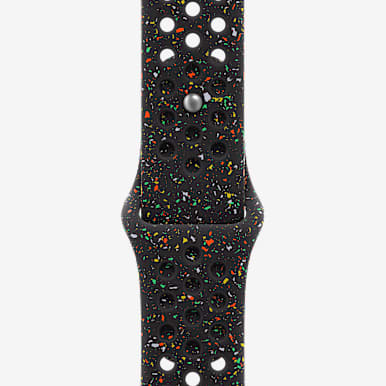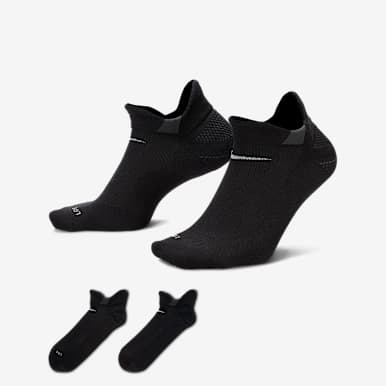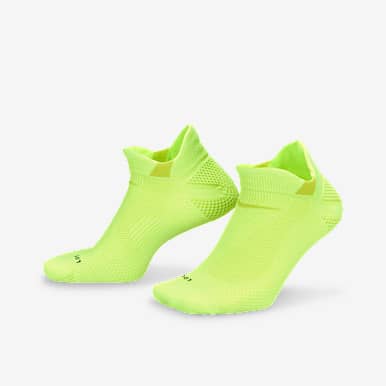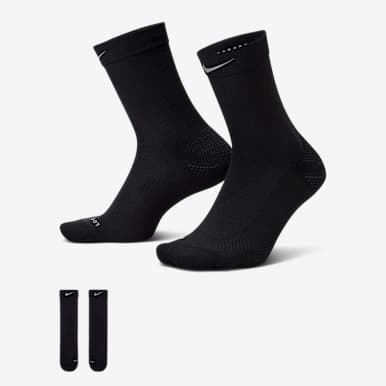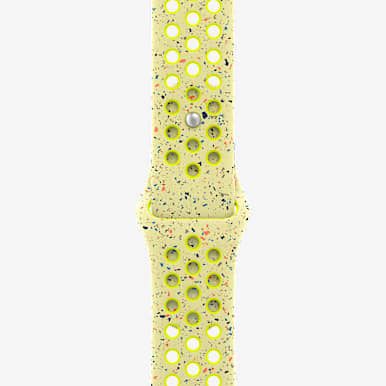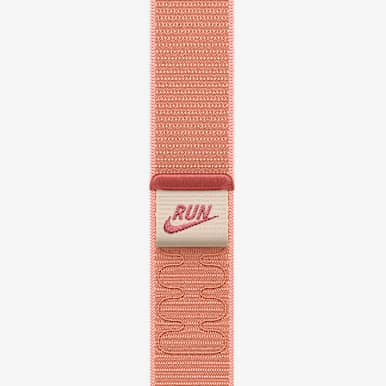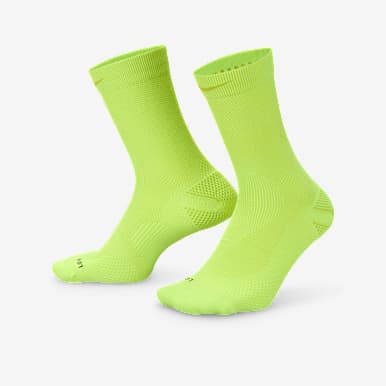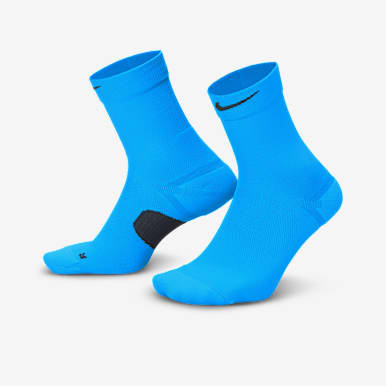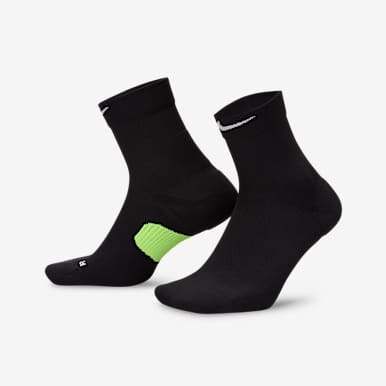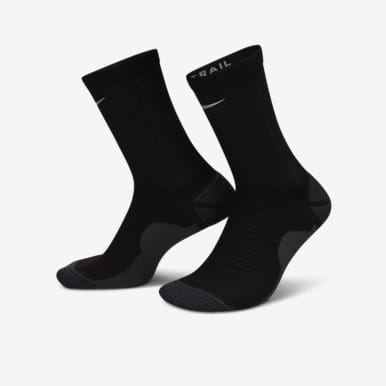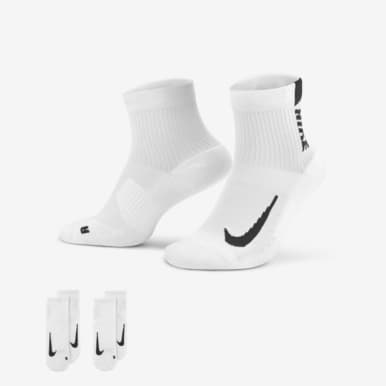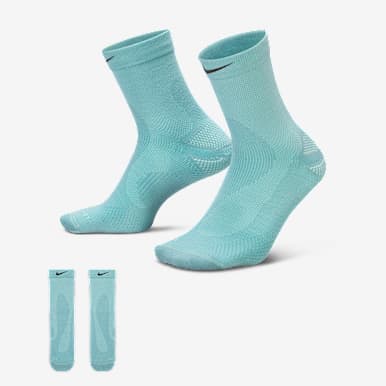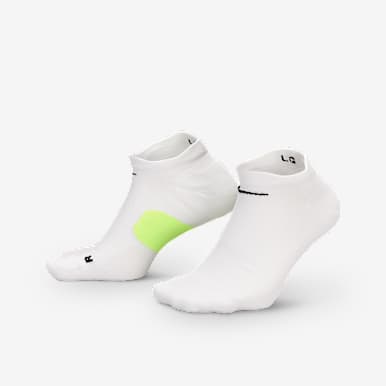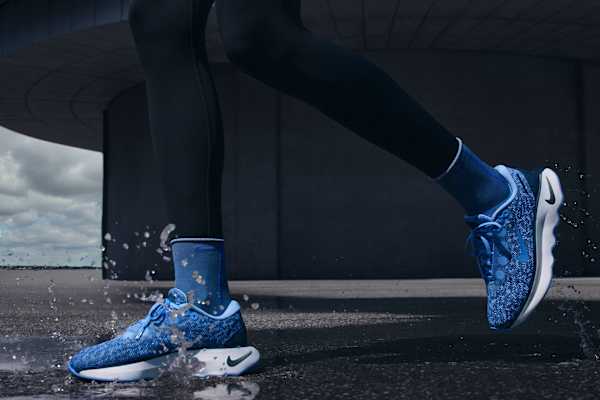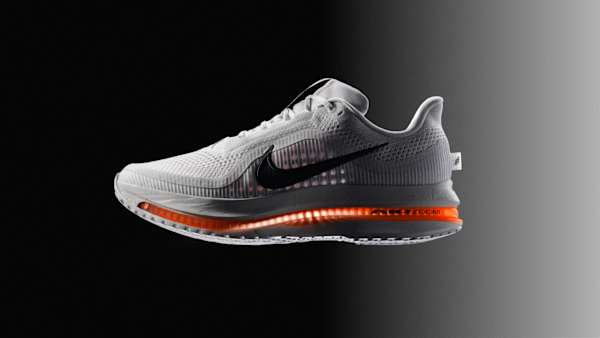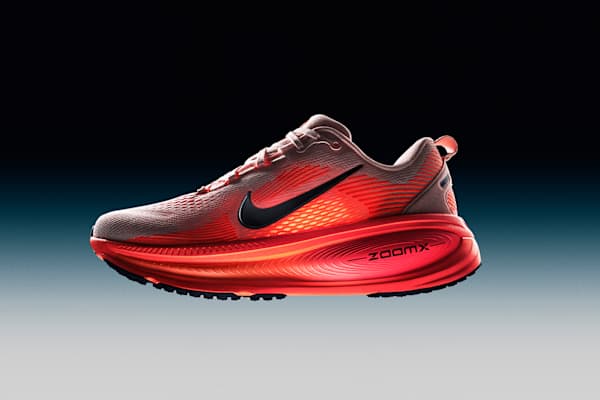How to break in new running shoes
Product care
If you're wondering how long it takes to break in your new sneakers and how to do it, you've come to the right place.
Finding the perfect pair of running shoes and breaking them in can take quite a bit of time and effort. So, it makes sense that it can feel overwhelming—and perhaps annoying—when the time comes to replace them. The average running shoe generally lasts between 300 and 500 miles, Carol Mack, DPT, CSCS, previously told Nike. And if you notice blisters on your feet or uneven wear patterns on the soles of your sneakers, it isn't a bad idea to trade in your kicks sooner.
Once you've found a new pair of running shoes, it's time for the challenging part: helping your feet adapt to them. Wondering how to get started? Read on for step-by-step instructions on how to break in new running shoes and expert-backed advice for making the process as seamless—and painless—as possible.
(RELATED: Shop for running shoes like a pro)
Why it's important to break in running shoes
A break-in period with new running shoes allows the feet and lower legs to adjust to a stiffer-than-usual sneaker slowly and safely. "New shoes are less flexible than old ones and reduce the range of motion throughout the footstrike", explains Sean Fortune, a New York City-based USATF Level II running coach. "These mechanics increase the risk of injury by putting excess stress on the foot and lower leg".
According to Fortune, potential injuries range from mild to severe and include blisters and foot cramps, plantar fasciitis and Achilles tendonitis, which he's experienced from logging too many miles in new running shoes.
Ashley Campbell, a lead product line manager at Nike, adds that the break-in period is especially important if you're running in a type of shoe you've never trained in before, such as a racing shoe or a sneaker with less support than what you're used to. "A new shoe that has an unfamiliar feel to you may slightly change the way you run through stride or footstrike. So, it's important to allow your body to adapt to mitigate soreness or injury", she says.
How to break in new running shoes
You know by now that it's important to break in your new shoes before logging any serious mileage. But how exactly should you go about it—and how long does it take to break in running shoes? According to Bruce Pinker, DPM, a board-certified podiatrist and foot surgeon, new shoes should be sufficiently broken in after about 5 to 10 miles of wear, give or take. "It's not the same for everyone. The condition of one's feet, as well as the footwear construction, need to be considered", Pinker says.
"Nike running sneakers tend to be crafted from softer materials and have a good amount of flexibility, so the break-in period is minimal—as little as two or three runs", Campbell says. However, it's always best to follow a more formal break-in process, which may vary from person to person. Runners with foot conditions like plantar fasciitis, for example, may need to spend additional time in their shoes before they're sufficiently broken in. While those without any foot concerns who are breaking in shoes with a flexible construction may require less time, Pinker explains.
Here are the steps you should take during the first handful of miles to help your feet start feeling at home in your new kicks:
Wear your shoes around the house
Go about your daily routine at home while wearing your new shoes, and gradually increase the time you spend wearing them, Fortune suggests. Start with an hour or two and work your way up to wearing them for longer stretches of time. This slow transition will help you break in your sneakers while keeping the soles clean in case you decide they're not for you and you need to return them.
This step, which should last about a week, is especially important if you purchase the shoes online without trying them on first. If you develop blisters, feel pain or discomfort, or your foot continuously slips out of the shoe, return them. Nike will issue a refund or store credit for sneakers that don't have major signs of wear.
Bend the toe box
Once you've decided to keep your shoes, Fortune recommends bending the toe box four or five times so the sole becomes creased. This bending softens the material, making it feel less rigid underfoot.
Try some short runs
After a week of wearing your sneakers at home, it's time to give them a true test-drive by picking up the pace. Fortune suggests doing a few short, easy runs in your new sneakers (reduce your typical distance by half) and wearing your older sneakers for long runs. Research shows that alternating your old sneakers with your new ones for several weeks can help ward off running-related injuries. Pinker says this is especially true for long-distance runners, while weekend joggers may only need to follow this routine for about a week before they can exclusively work out in their new sneakers.
Transition to your typical routine
Slowly transition to your typical mileage in your new sneakers. "If your feet or legs begin to hurt, listen to your body, stop running and resume the break-in process", Pinker says.
While this may seem tedious, it's worth it to be patient. Research shows a slow transition can help prevent muscle soreness and injury.
Additional tips and tricks
Overall, breaking in new running shoes should be straightforward and painless. But sometimes, questions come up along the way. These tips and tricks may prove helpful:
Pick the right size shoe
"The fit of a running shoe should not be distracting and should feel like an extension of your foot", Campbell says. If your shoes cause blisters, pinch your toes or feel too tight in the heel, they might not be the right size or shoe type for you. "A shoe that's the correct size should have 1cm (approx.) of space between the longest toe and the end of the shoe and should fit snugly width-wise but not feel tight", Pinker says. If your shoe is too small, return it. It's always better to opt for a larger running shoe if you fall somewhere between sizes.
Wear the correct socks
If your new sneakers feel generally OK, but the fit feels slightly off, consider trying a different pair of socks. "It's a good idea to try a variety of socks of different thicknesses to see which best fits your foot and running shoe", Fortune says. "I have thinner ones for my racing shoes, which fit a little tighter, and thicker socks for my sneakers that fit a little bigger".
Materials are also important to consider in addition to sock thickness. Pinker generally recommends socks that are a blend of cotton and polyester or another synthetic like nylon, rayon or Lycra. The cotton provides cushioning while the synthetics wick away moisture from the foot, which can help prevent common foot conditions, such as athlete's foot fungus, toenail fungus and plantar warts, he explains.
(RELATED: How to choose the best socks for running)
Words by Dana Leigh Smith


